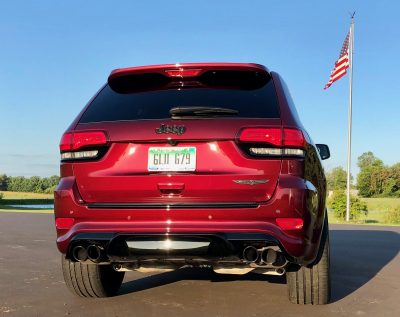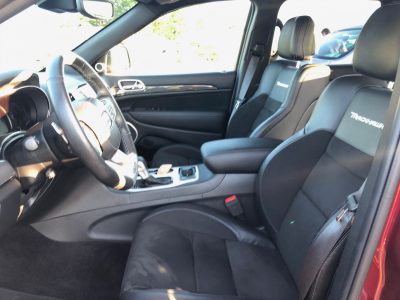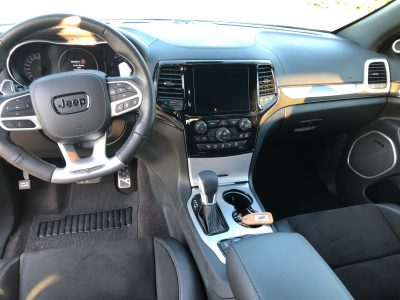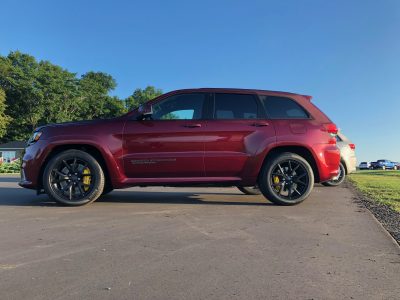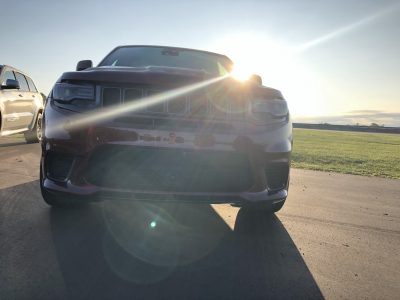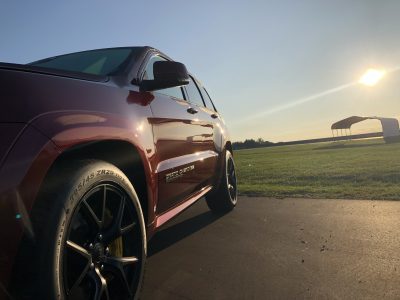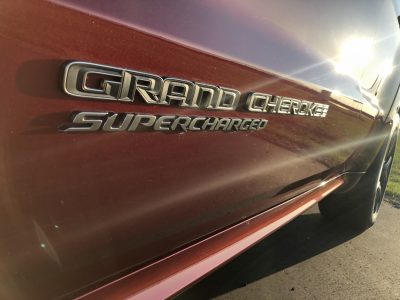Automotive executives and brand managers are always keenly aware of slicing the product offering in a variety of ways the results of which can not only be confusing but lead to actual sales losses amongst the offerings. One only has to look at the current numerous and future-slightly-LESS-numerous cars from the likes of BMW and Mercedes. Business school might call this classic cannibalization. But this week I experienced a new use of the term, maybe call it predatory cannibalization. Nothing faulty with the positioning of cars by planners at all. No, this new type of cannibalization is surely more along the lines of survival of the fittest or eating your own young. FCA’s Dodge brand does what could have been predicted by no one a decade ago. They are the current masters of slicing and dicing a proverbial potato into many different palatable dishes. First, start with a regular V6 muscle car, the Dodge Challenger. Kick it up a notch… V8 Hemi. Climb over that one’s back, the 717 HP Hellcat. That gets tossed into the acrobatically lofty 840 HP Demon variant. Sensing a gap in the middle, Dodge then squeezes in the brilliant Detroit Army knife of the Hellcat Redeye. With a little “I’m ready for my close-up” Widebody for the exclamation mark.
Jeep, meanwhile, pining away with a “Put me in coach!” thusly is allowed to advance to the next evolution of the current fittest species… the All-American SUV. JEEP is SUV, in my book. But can they be Hyper-SUV? Yes the recent Jeep Grand Cherokee Trackhawk variant with its 707 HP engine shared by its sibling brand, has come to play. And while we’ve seen variants of the Jeep Grand Cherokee, this one stands apart. It also runs and sprints apart, too. It does this with the necessary acumen as mentioned where a new kind of cannibalization comes into play. A more toward literal definition. When FCA brings a variety of its current product offerings to test on what I can only describe as the dream weather conditions at Gingerman Raceway, one king of the jungle is clear. The Jeep Grand Cherokee Trackhawk willingly eats the other FCA sporty cars, on the track. The Cannibal of the Jungle.
It’s also the most likely to bite itself if one does not learn how to wrestle its over 2.5 tons of mass with aplomb. Pirelli would do well to perform a track day pathology post-mortem for these front tires. They’d learn a lot from dissecting the absolute brutality that those front P-Zeros are forced to endure. It all starts off docile enough while doing leisurely get acquainted laps at 50% of potential. Once done warming up the tires, getting a feel for the throttle, brake, and sightlines for the corners, we proceed to roll into a fully-engaged mode. The mind is mesmerized. Similar, but the polar opposite of what our high school teachers taught us as highway hypnosis, the mindless ability to drive and not know it, across miles of straight, flat American highways. Gingerman fits into one’s mind in a way few others do. Lap after lap, it becomes familiar. At the same time, so do the throttle, brake, seat bolsters…only to be snapped out of it by a freakishly weak driver’s door speaker grill cover that indents from the force of my knee on every right corner, and pops-out from every left corner, strangely enough, that is like snapping your fingers in front of my face to awaken me from a deep, Trackhawk trance.
While the driver gets familiar, this car is far from a breeze to drive in certain track elements. Each time you want to shrink your control variance in a corner, out and into a straight, you must experiment. This is what takes an extraordinary amount of time. If you come in a bit faster, brake harder, turn in a bit tighter, with this much throttle, will it feel overall better? Easier said than done. This much heft, even when scrubbing speed to what feels right, can stress the tires’ ability to perform the turn. Learn what you can on this time around, and dial it in differently next time out. Lap after lap, see where the sweet spot is and maybe there isn’t one for every turn.
Back to traffic. A Fiat 500, 124 Spider, and a Trackhawk all waltz onto a track… might sound like the start of a joke to some. It’s a blended family. I’ve driven each of the other, even in right-hand steer trim, and I can imagine the beast of the Trackhawk in my rearview mirror. I can say this, I did admire the 124’s perfectly flat demeanor and great lines into and out of the corners ahead of me on the track… but that did not diminish the ultimate truth. In the straights, the go pedal rules on this thing. And if one ignores the sounds that emanate from the tires in the corner, as you can see from the video, it can also seem smooth and pleasant. Seem. That is, there is a lot required to not make it appear unruly. But, that is what track time is for. To learn the deepest interdependencies of each suspension part and how the three inputs work to master the responses.
The Jeep Grand Cherokee Trackhawk is an exercise in what can be squeezed out of a body style that has no reason to be on a track. It does so with much more capability than I would have expected. Prospective buyers will know if they are the right type of person for this vehicle or not. I’ve not stated any real stats or numbers heretofore. But like the original M2 I drove at Miami-Homestead and Thermal Club, as hard as it is to believe, on the back straight at Gingerman Raceway, under full throttle… I saw a little teeny tiny gap for 1-2 seconds. Know what that gap represents? It represents a hole big enough for the product planners at FCA Jeep to wedge in an engine variant akin to the Redeye’s 797 HP engine. Sign me up!
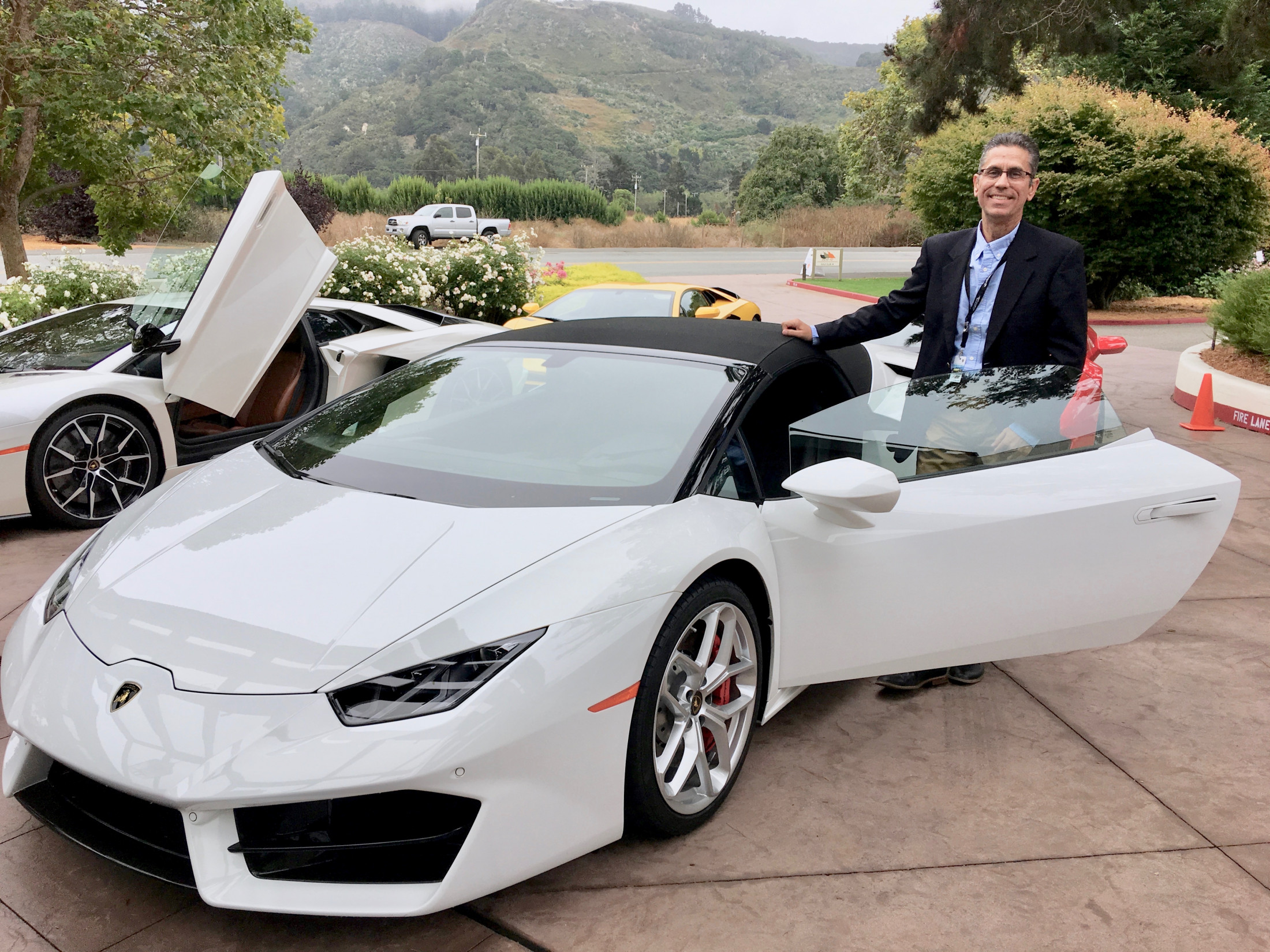
James grew up in an Indiana community where the auto industry was at its heart. His first car was an Olds 442, and many of his classmates had their father’s hand-me-down muscle cars. Met his wife in college. They have three children. Survived esophageal cancer. Is passionate about enjoying his second chance and his automotive interests further that goal.




